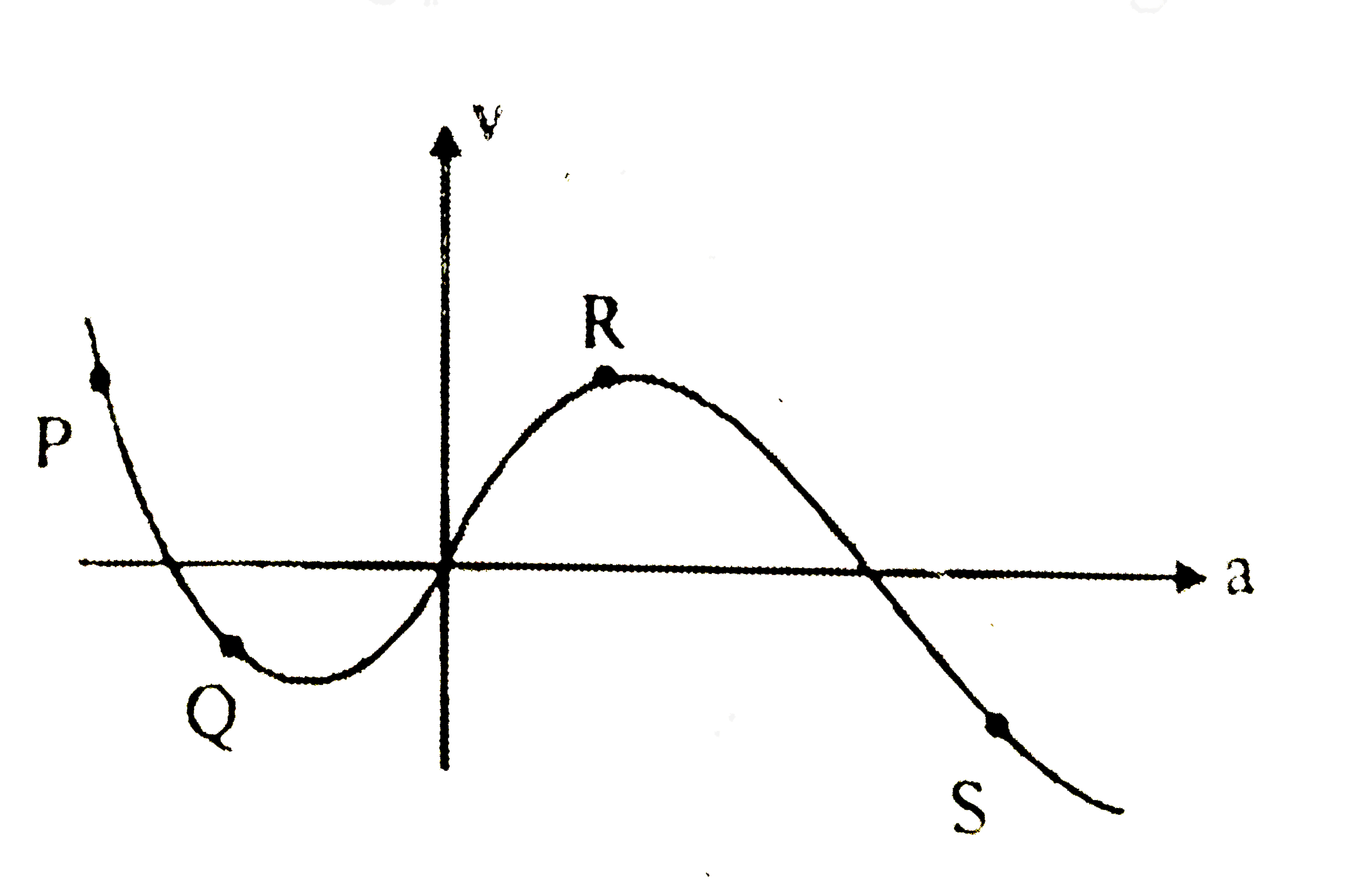How does change in velocity of the moving micro-particle affect the wavelength of the particle ?
To understand how the change in velocity of a moving microparticle affects its wavelength, we can use the de Broglie wavelength formula. Here’s a step-by-step solution:
Step 1: Understand the de Broglie Wavelength Formula
The de Broglie wavelength (λ) of a particle is given by the formula:
λ=hmv
where:
- λ = wavelength
- h = Planck's constant (6.626×10−34Js)
- m = mass of the particle
- v = velocity of the particle
Step 2: Analyze the Relationship
From the formula, we can see that the wavelength (λ) is inversely proportional to the velocity (v) of the particle. This means:
λ∝1v
Step 3: Effect of Increasing Velocity
If the velocity of the microparticle increases (v increases), the wavelength (λ) will decrease. This is because a larger denominator in the fraction results in a smaller overall value.
Step 4: Effect of Decreasing Velocity
Conversely, if the velocity of the microparticle decreases (v decreases), the wavelength (λ) will increase. A smaller denominator leads to a larger overall value.
Conclusion
In summary, the change in velocity of a moving microparticle affects its wavelength as follows:
- Increasing velocity results in decreased wavelength.
- Decreasing velocity results in increased wavelength.
The de Broglie wavelength (λ) of a particle is given by the formula:
λ=hmv
where:
- λ = wavelength
- h = Planck's constant (6.626×10−34Js)
- m = mass of the particle
- v = velocity of the particle
From the formula, we can see that the wavelength (λ) is inversely proportional to the velocity (v) of the particle. This means:
λ∝1v
If the velocity of the microparticle increases (v increases), the wavelength (λ) will decrease. This is because a larger denominator in the fraction results in a smaller overall value.
Conversely, if the velocity of the microparticle decreases (v decreases), the wavelength (λ) will increase. A smaller denominator leads to a larger overall value.
In summary, the change in velocity of a moving microparticle affects its wavelength as follows:
- Increasing velocity results in decreased wavelength.
- Decreasing velocity results in increased wavelength.
Topper's Solved these Questions
- STRUCTURE OF ATOMBOOK - DINESH PUBLICATIONCHAPTER - STRUCTURE OF ATOMEXERCISE - H.O.T.S. Numerical problems
18 Videos
- STRUCTURE OF ATOMBOOK - DINESH PUBLICATIONCHAPTER - STRUCTURE OF ATOMEXERCISE - Value based questions
3 Videos
- STRUCTURE OF ATOMBOOK - DINESH PUBLICATIONCHAPTER - STRUCTURE OF ATOMEXERCISE - H.O.T.S. Conceptual Questions
11 Videos
- STATES OF MATTER : GASES AND LIQUIDSBOOK - DINESH PUBLICATIONCHAPTER - STATES OF MATTER : GASES AND LIQUIDSEXERCISE - Statement Type Question
5 Videos
- SURFACE CHEMISTRYBOOK - DINESH PUBLICATIONCHAPTER - SURFACE CHEMISTRYEXERCISE - Ultimate Prepatarory Package
16 Videos
Similar Questions
Knowledge Check
The maximum particle velocity in a progressive wave is 4 times of the wave velocity. If the amplitude of the particle is 'A', then the wavelength of the wave is
A4π/ABπA/2C2π/ADA/2π
A beam of aplha particle moves with a velocity of 3.28×103ms−1 Calculate the wavelength of the α particles.
View SolutionAcceleration-velocity graph of a moving particle is shown in figure. The particle is

View SolutionIf "v" is the velocity of a particle moving in a straight line and "a" is acceleration of the particle,then the speed of the particle would be decreasing if
View SolutionA particle moves in a straight line with a uniform acceleration a. Initial velocity of the particle is zero. Find the average velocity of the particle in first 's' distance.
View SolutionThe magnetic force on a charged particle is always perpendicular to its velocity. Can the magnetic force change the velocity of the particle?Speed of the particle?
View SolutionDoes the size of the solute particles affect the solubility of the substance? Explain.
View SolutionDoes the size of the solute particles affect the solubility of the substance? Explain.
View Solution
